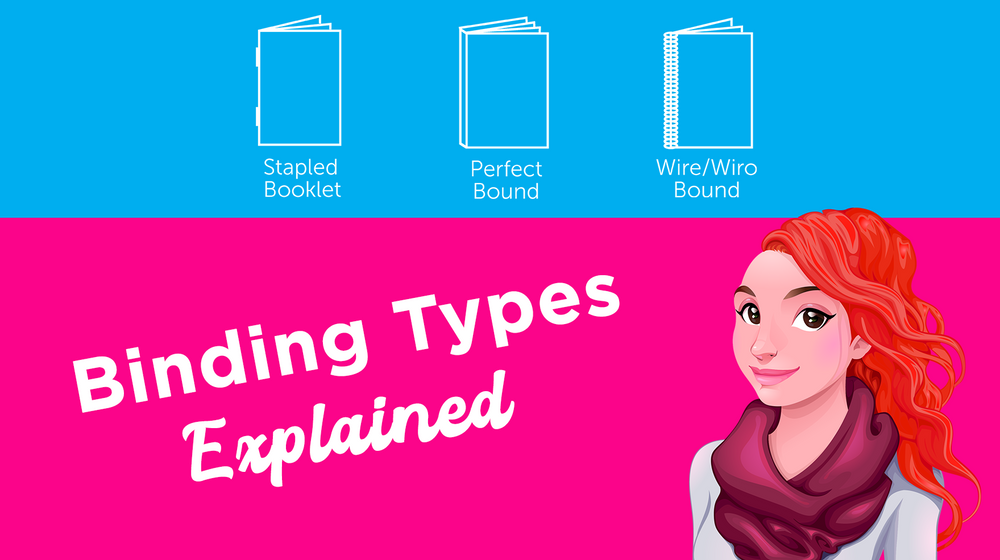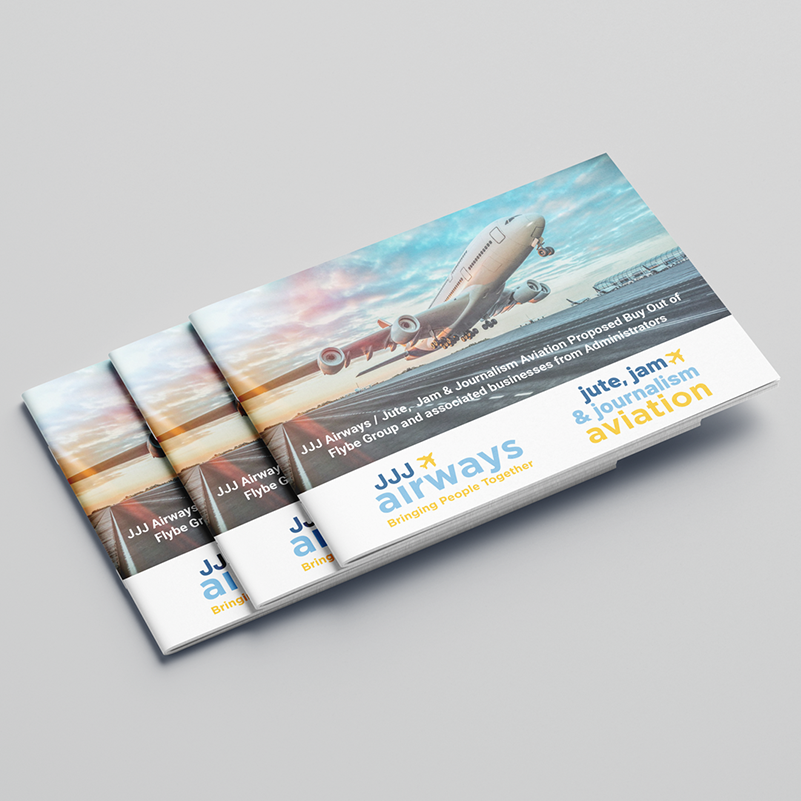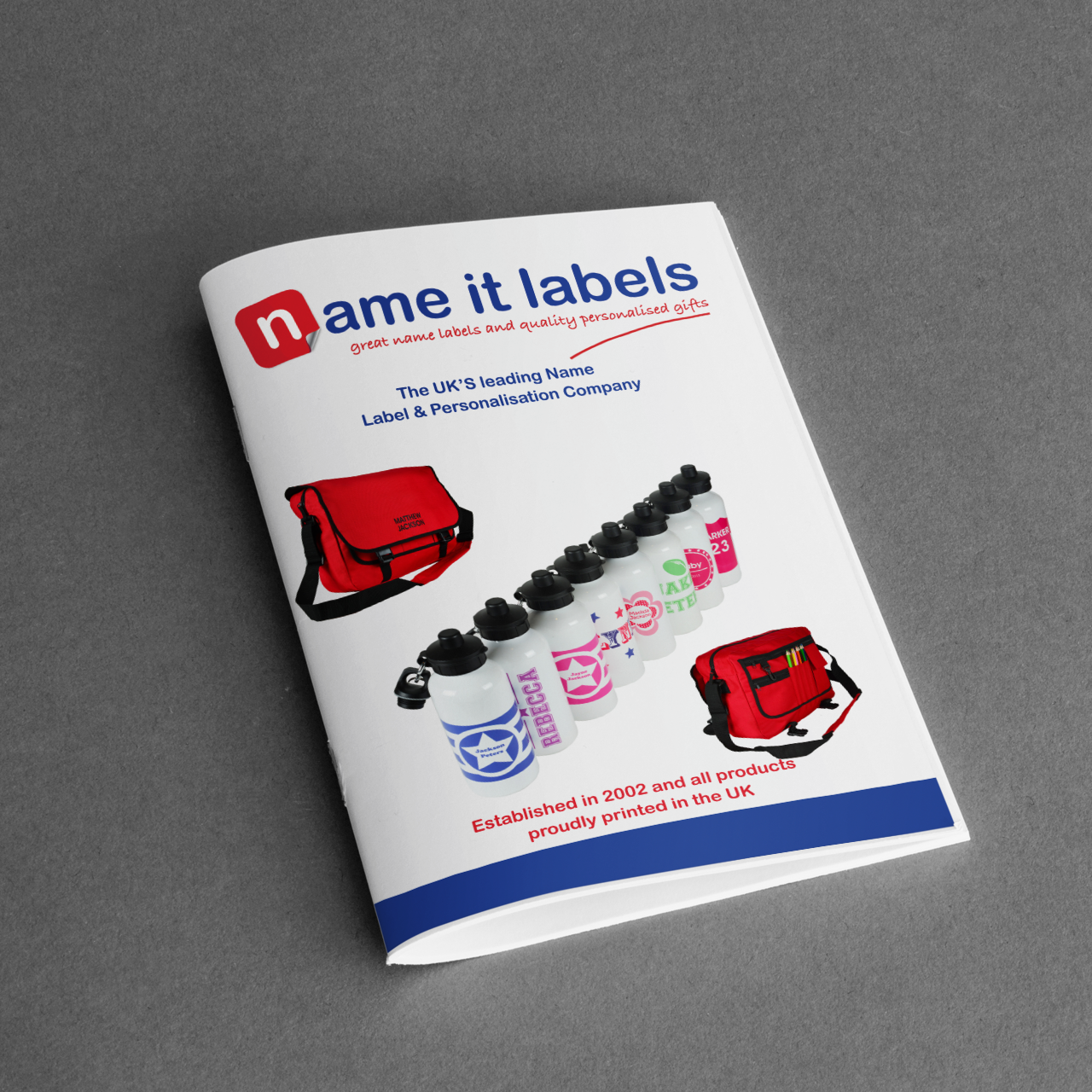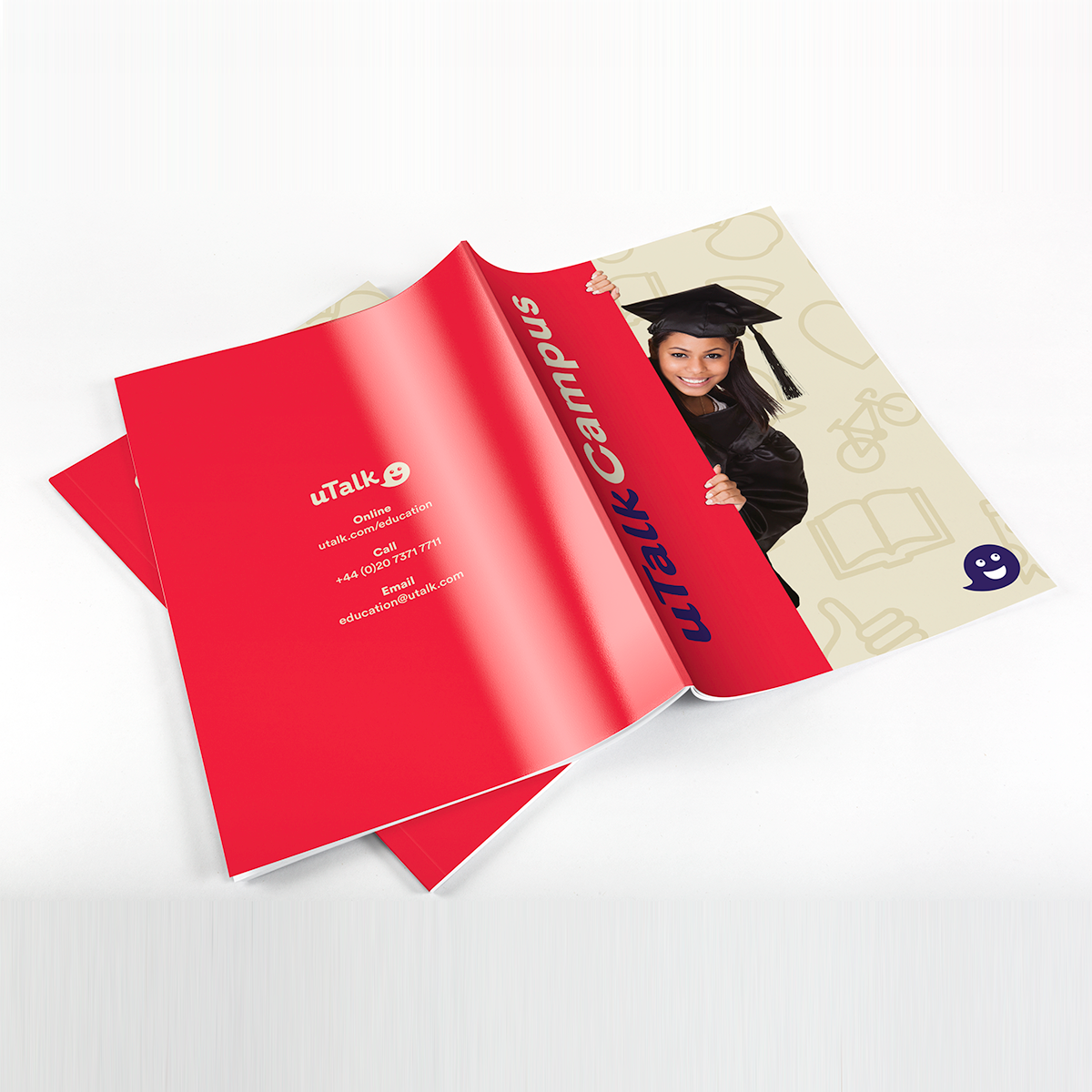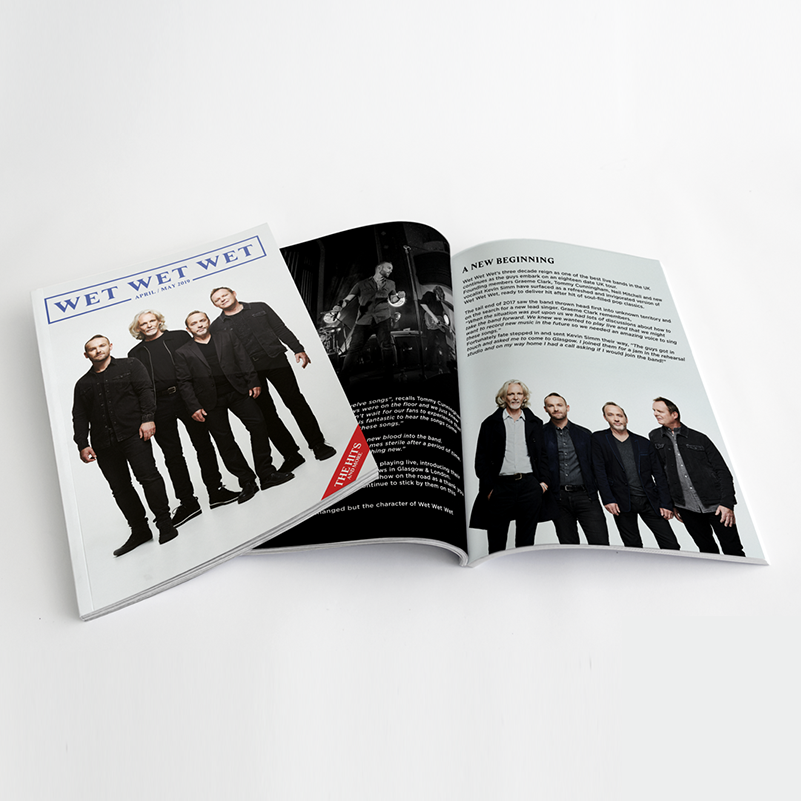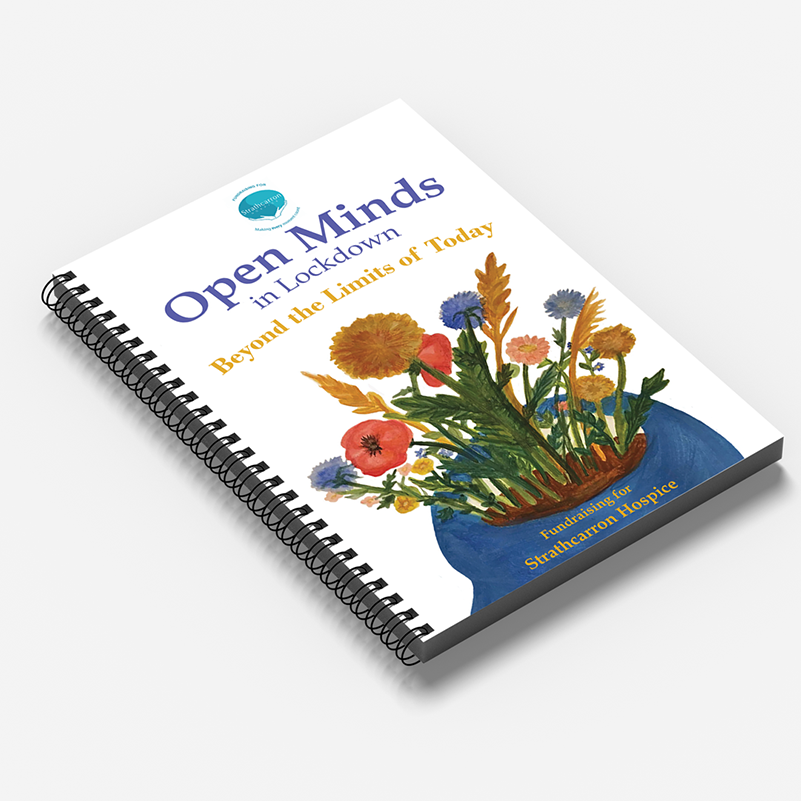When you have spent time creating a booklet you want to make sure you get the right finish to do it justice. There are so many binding options available it is difficult to know which one is best. We have put together information about the three most popular binding types to help. So if you are looking for wiro bound, perfect bound or stitched here is each of them explained.
Stitched (AKA Stapled)
This method works a lot like a sewing machine, and long metal wire is used to bind the books together. Stitched (also known as saddle stitched or stapled) collated sheets are fed into the machine, then the machine pierces the paper and feeds the roll of wire through the stack, before the wire is folded into something that acts as a staple.
Stitched is usually the most popular options as it is the most cost-effective and is suitable for a wide range of documents, including programmes, prospectuses and magazines.
It isn’t as sturdy and durable as a perfect or wiro booklet but stapled is a fantastic option for displaying a lot of information at a low cost.
There are a few things to consider if you’re going to use stitched binding:
- Don’t go over 50 printed pages as the booklet will not site right and spring open.
- As it’s folded in multiples of 4, make sure your design follows the same rule.
Choosing the right size if also important A6 works well for instructions or product manuals, A5 a desserts menu, A4 a catalogue or an a la carte menu, and so on. You can find more size recommendations on our stapled booklets page.
There is also a wide range of stock options for the inside and cover pages. Keep them the same thickness, or switch them up for a more high end feel that doesn’t break the bank.
Perfect Bound
If you are looking for a high end, sturdy looking booklet perfect binding is the one for you. Once printed the stack of paper is glued on the spine edge using PVA glue, before wrapping a cover around it to secure. The result is essentially a paperback book; clean, stylish and a professional finish.
With perfect binding there needs to be a minimum of 40 printed pages. Any less than that and the spine won’t be substantial enough to take to the glue. The back cover is usually thicker thank the inner pages. This makes it easy for the spine to be written on or designed on.
We print ours on a choice of thin or medium silk stock and writable stock, with a thick 350gsm cover for a high quality look and feel.
Perfect binding is typically used for catalogues, directories, prospectuses, car handbooks and self-published novels or a great option for employee handbooks to give to new starters in your business.
I would avoid this option if you are on a budget – our stapled range are the best choice for this use!
For an extra special finish, you can also add a coat of lamination to your book cover. This is a special coating that gives the cover a certain feel – choose between no-shine matt or high-shine gloss.
Wiro (or Spiral)
You will of probably seen wiro binding at school or around the office in such items as notebooks, document printing, sketchpads, calendars and planners, it’s hugely popular and great if you need to rip pages out of your book without leaving a mess behind!
What makes this binding method great is you can lay the pages completely flat, because they move around a central coil.
The wiro binding process is pretty simple the stack of paper is hole-punched down one side and an open metal wire is then placed through the holes and closed around the stack.!
Wire spiral binding will usually create a hardback book as the cover is made from a thick card. This is there to support and protect the inner pages and act as a sturdy surface to write on. As pages are slid into the stack individually, designing for Wiro binding is relatively uncomplicated. The result is cost-effective, unfussy and easy-to-use.
Your paper type decision will depend on whether you want to be able to write in your wire bound booklet or not. A smooth silk or high-shine gloss paper is ideal for sales catalogues or manuals, whereas uncoated writable stock is the best option for notebooks and activity books.
We recommend having no less than 20 printed pages and no more than 104 for the best effect. You can keep them plain (or lined for notebooks) or add a different design to each page.

Now you know the top three binding options for you booklets. Create your own design or if you are not sure how to get started we have some templates explaining how to set up your artwork.
Our print and delivery service can help you choose the perfect finish for your product.
Our expert designer can also create your artwork for a small fee so you know it will be perfect for your brand.
Posted by By Jenny on 29th Jan 2021

